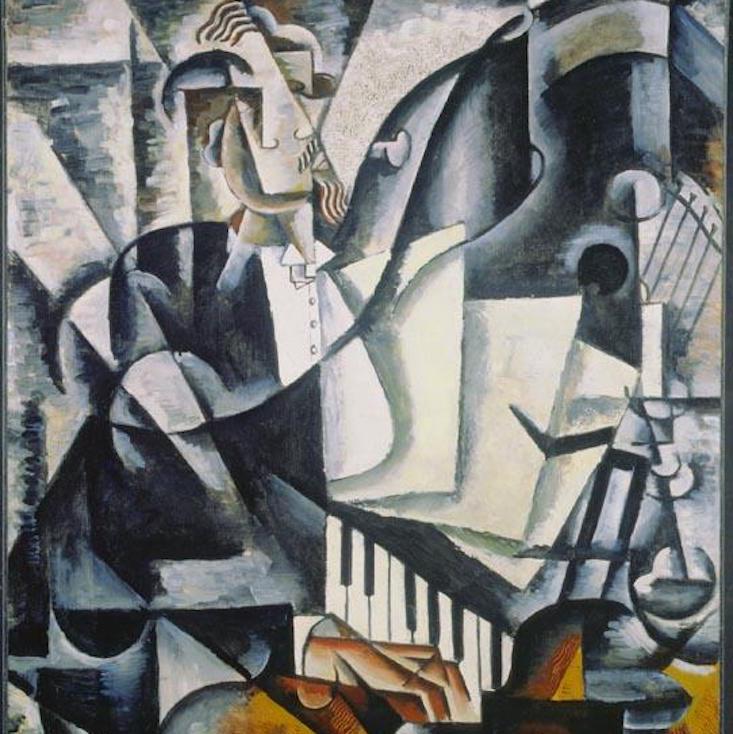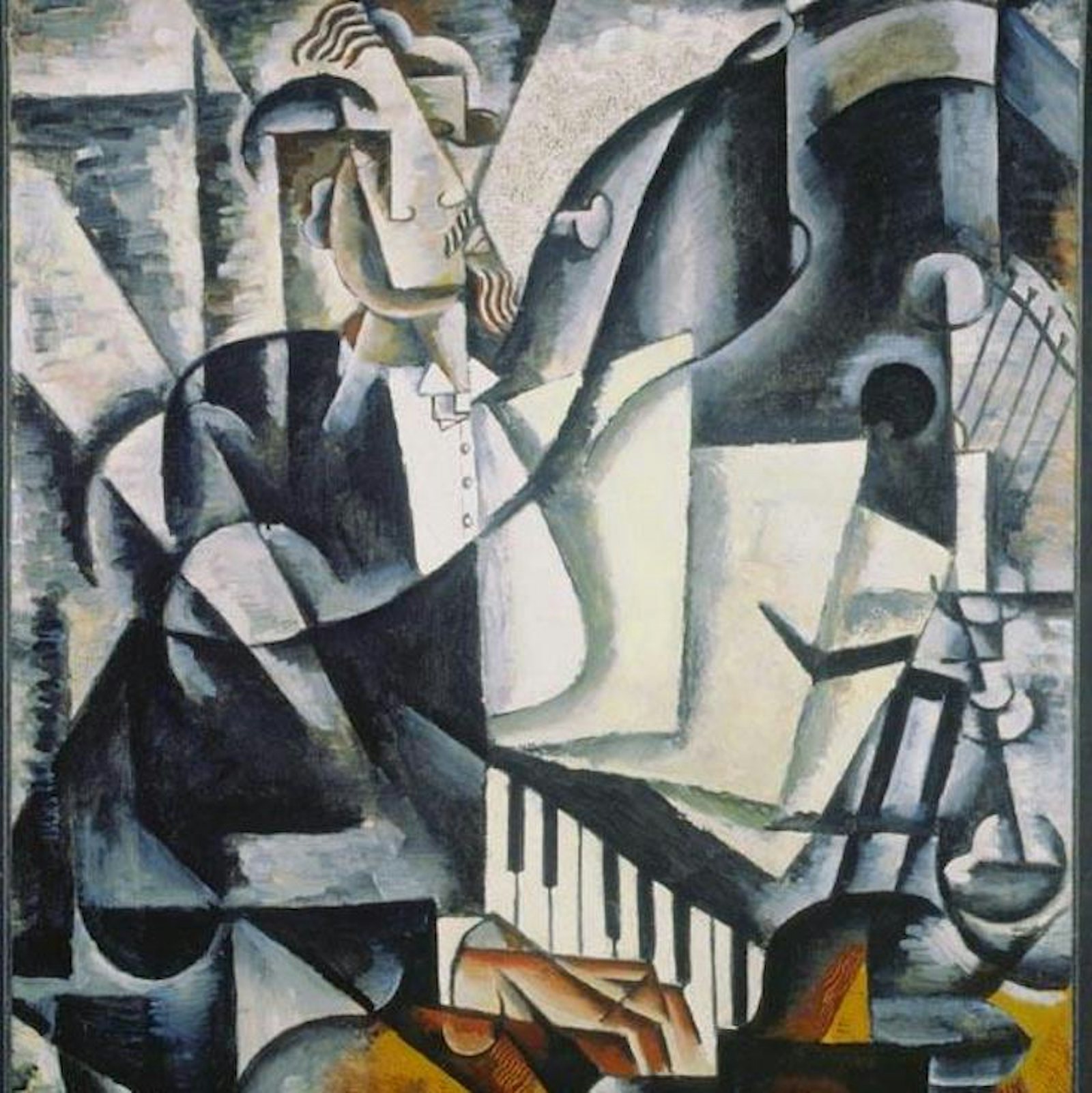
Before her accident Heather Thompson was, by any measure, very successful. She lived just outside Seattle’s urban sprawl, was a CEO and a nationally respected business strategist, married, and had a two-year-old daughter. “I was at the pinnacle of my career,” she said. Then, on March 6, 2011, Thompson went to the grocery store and, when she lifted the hatch of her SUV, without warning, the hatch collapsed on her head. The impact had Thompson buckled to the ground in eye-shattering pain.
Thompson’s first thought was that she’d lost her teeth. She then heard her daughter, still strapped into the shopping cart, wailing. “Immediately, the adrenaline hit,” she said. She scooped her daughter, drove home, and then felt an inexplicable need to sleep—which she did, for three hours. She woke sitting and delirious, “giggly, goofy, groggy,” Thompson said, “like I was a drunk.” She went to the doctor and, to test her cognition, she had to draw clock hands in the 11 o’clock position; she couldn’t. “That’s when the doctor said to me, ‘You have a mild traumatic brain injury.’”
It caused months of sensory overstimulation; the only comfortable place she could be was in her dark bedroom. But one day, a neighbor brought over some old paintbrushes. Thompson initially laughed at the thought of painting—she’d never been an artist, and what good could painting do? When she started, however, she felt elated. “Painting was unfiltered,” Thompson said. “It poured out of me. At that time, anything—walking, driving, doing a puzzle—made me go back to bed. But I could sit and draw with pastels for three hours and not crash. I had to paint.”
Now, Thompson said, “Everything in my life has changed.” She’s divorced, no longer a strategist, and lives in a rural town on an acre lot. She looks after a baby goat, a rescued horse, a bulldog, cats, and her now seven-year-old daughter. “It’s been a very painful metamorphosis,” she said, and likens the experience to falling down a rabbit hole and emerging somewhere else. “I’ve just deepened—I still struggle and am healing,” she said, “but I’m happier than I’ve ever been in my life.”
Thompson is an “acquired savant” whose remarkable experience can help shed light on the roots of human creativity, explains psychiatrist Darold Treffert, a Wisconsin psychiatrist and savant expert. (Treffert was a consultant on 1989’s Rain Man, which brought savants to a mainstream audience.) “These are ordinary people who have a head injury”—typically on the left side of the brain—“or stroke or some other central nervous system incident,” Treffert said. “And, all of a sudden, they have musical or artistic abilities, sometimes at the prodigious level.”
The path to enhancing creativity, write Gobet and colleagues, comes down, in part, to understanding how learned concepts get in our way. By using “raw perception” instead, they argue, one can imitate the autistic mind.
In the early 1980s, Treffert was stirred by a piano recital by Leslie Lemke, a fellow Wisconsinite. When he was 14, Lemke heard Tchaikovsky’s Piano Concerto No. 1 for the time on TV. Later that night he astounded his foster parents by playing a near flawless rendition of the concerto on the family piano. Lemke had no musical training and was blind. Shortly after his premature birth, his eyes were surgically removed, due to glaucoma.
Savants had fascinated Treffert since his time as a medical resident, but after meeting Lemke, he began to study savant neurology, determined to understand how powerful gifts like Lemke’s could be potentially unlocked in a normal human being. From his research, Treffert realized there were two different kinds of savants. The first is the acquired savant, like Thompson, and the second, rarer, type is the sudden savant, like Lemke. These individuals find that they abruptly have some kind of artistic or musical ability. It’s as if the person fell asleep and woke up the next morning with extraordinary talent.
In 2005, Treffert heard from another sudden savant, Ken Adiv, then 26-year-old law student at Tel Aviv University. One day, Adiv was with his friends at a wine store, which had a piano, and he started playing songs he loved but had no idea he could play. “All of a sudden, I started playing like I had been a well-educated pianist,” he told the Wisconsin Medical Society, where Treffert documents savants. Adiv, like Thompson, articulates savant-hood in sensual terms.
“I can feel each component of the music, like harmony, melody, and play with them in my head,” he said. “It does feel very amazing, but at the same time also very natural. For me, it is now a sort of sixth sense. I can see each component of it, while still enjoying the unified whole.”
Adiv, who had previously only dabbled in guitar, doesn’t exactly have a compulsion; but he plays the piano for hours nonetheless, describing the experience as “flowing.” He hasn’t gotten a full medical exam, but has met with Tel Aviv University music faculty, who found his abilities uncanny. For Treffert, Thompson and Adiv’s abilities make the existence of an innate, universal creative capacity plausible. Now savant researchers and psychologists are wondering how a richer understanding of savant neurology could help engineer a higher-quality human brain.
In a 2014 paper titled “Designing a ‘better’ brain: insights from experts and savants,” Fernand Gobet, a cognitive scientist at the University of Liverpool, and colleagues, note that one “bottleneck to creativity is our inability to see things in a new light, free of prior interpretations.” Once we identify some pattern—say, a musical score—and give it a particular meaning, they write, it’s hard to discard it and imagine it meaning something radically different. Autistic savants tend to recognize patterns but they don’t try to apply meaning to them. Unlike normal people, in other words, they don’t develop “cognitive mind sets.” Encouraging this in non-savants, they write, can help them “explore new conceptual space, and thus be more creative.”
“The history of human thought provides us with creativity examples where the inhibiting-concept strategy was used (possibly unconsciously) and worked,” they write. When bacteriologists Barry J. Marshall and J. Robin Warren proposed, for example, that helicobacter pylori caused stomach ulcers—rather than excess acid—“they had to jettison a whole raft of concepts.” For that work, they won the 2005 Nobel Prize in Medicine.
The path to enhancing creativity, write Gobet and colleagues, comes down, in part, to understanding how learned concepts get in our way. By using “raw perception” instead, they argue, one can imitate the autistic mind. “Creativity can be boosted by decreasing conceptual processing and increasing the role of low-level perceptual processing,” they say. This difference in pattern recognition might explain why people like Adiv, Thompson, and Lemke are capable of a seemingly effortless creativity.
“Do we all have this dormant capacity? I don’t know,” Treffert said. “But I believe there are ways we can make ourselves smarter and access these gifts.”
Tanya Basu is a Brooklyn-based freelancer who writes about how humans interact with each other and whose work has appeared in The Atlantic and in Science of Us. Follow her on Twitter @mstanyabasu.






























